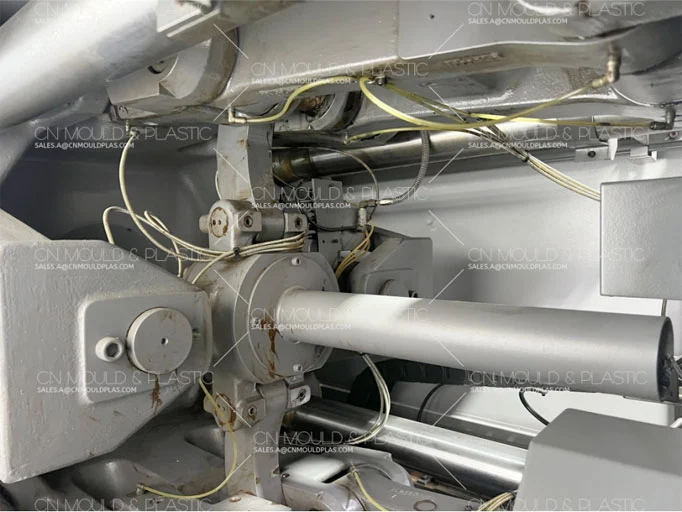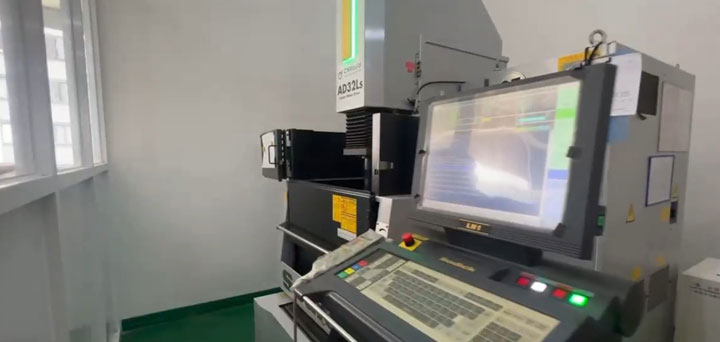The technical requirements for engineering materials generally include two aspects: basic requirements and service requirements. The basic requirements also cover conventional performance requirements such as physical, mechanical, and chemical ones, which can usually be reflected by the properties of vulcanized rubber. Each type of engineering material has its specific uses, and there will be different service requirements for different uses. For viscoelastic damping materials, vibration reduction performance is the main requirement. The material should have high internal friction and a relatively wide temperature range and frequency bandwidth corresponding to the high internal friction. When using viscoelastic damping materials as raw materials to make other vibration reduction products such as anechoic tiles, decoupling tiles, dampers, etc., there should also be corresponding technical requirements for the products, such as sound velocity, sound absorption coefficient, etc. According to the application part of the material, there should also be corresponding environmental adaptability requirements, such as oil resistance, water resistance, salt spray resistance, aging resistance, low toxicity, etc. All these technical requirements become the goals and basis for the formulation design of damping materials.
Dynamic Mechanical Properties of Viscoelastic Damping Materials
The dynamic mechanical properties of a material refer to the mechanical behavior under alternating stress, including the material's internal friction or loss factor, dynamic modulus, and the characteristics of glass transition, etc.
The loss factor should be large. the damping effect of viscoelastic damping materials mainly comes from the internal friction of the material. The greater the internal friction, the stronger the effect of converting vibration energy into heat energy when the structure is excited by vibration, and the more significant the vibration reduction effect. The parameter characterizing the magnitude of the material's internal friction is the loss factor. A large loss factor means large internal friction, so the loss factor of viscoelastic damping materials is required to be as high as possible. Although a high loss brings a high vibration reduction effect, one cannot one-sidedly pursue a large loss factor, because the larger the loss factor, the narrower the range of effective damping temperature, and the greater the dependence on temperature and frequency. Moreover, after the loss factor reaches a certain level, the impact on the composite loss factor of the damping structure is not obvious; on the contrary, the mechanical properties of high-loss damping materials will deteriorate, bringing difficulties to the use of the material. This is because the loss factor and the elastic modulus are a pair of unified and opposite parameters for a specific material. When the loss factor increases, the modulus will decrease, and the strength will also decrease accordingly. Moreover, materials with high loss are prone to accelerated fatigue damage and thermal aging during use, shortening the service life of the material. Therefore, many American companies limit the loss factor of the damping layer of the constrained damping structure to below 1.2. Generally speaking, for a composite structure after damping treatment, its structural loss factor (also called composite loss factor) greater than 0.05 is medium damping, and greater than 0.1 is high damping. General vibration reduction projects can be controlled within this range. Our country stipulates that within the range of T₀ ± 25°C of the optimal service temperature of the damping material (T₀ is the optimal service temperature, the same below), the loss factor of the free-type damping material should be greater than or equal to 0.3, and the loss factor of the constrained damping material under the shear excitation mode should be greater than or equal to 0.7.

The modulus should be appropriate. For free-type damping materials, what reflects their vibration reduction effect is their loss modulus (equal to the product of the dynamic storage modulus and the loss factor). Therefore, there should be sufficient modulus, and there is no need to simply pursue a large loss factor. On the temperature spectrum, it is advisable to be close to the left side of the transition zone, , because both the modulus and the loss are relatively large here, so the energy consumption is also large; for constrained damping materials, what reflects their vibration reduction effect is their loss factor, so there should be a sufficiently large loss factor, and the modulus does not need to be too large, just matching the damping system (in fact, the shear modulus of the constrained damping material should be lower, because a high shear modulus will increase the shear parameter, thereby reducing the structural loss factor). On the temperature spectrum, it is advisable to be close to the right side of the transition zone, because the loss is relatively large here, and the modulus is relatively low, which can increase the shear deformation, so the energy consumption is also high. For free-type damping materials, the loss modulus E" is generally required to be on the order of 10⁸ Pa - 10⁹ Pa (100 MPa - 1000 MPa). If it exceeds this range, although the loss modulus is improved, it is difficult to construct due to the too large stiffness of the material; for constrained damping materials, the storage modulus E' is generally required to be on the order of 10⁵ Pa . Our country stipulates that within the range of T₀ ± 25°C of the optimal service temperature of the damping material, the storage elastic modulus of the free-type damping material should be greater than or equal to 5.0×10⁷ Pa (no upper limit is specified), while for the constrained damping material, no clear regulation is made, only requiring to provide test data. If the damping material is used to make a vibration absorber, it is advisable to choose the high-elastic state temperature segment close to the transition zone. The modulus in this temperature segment has basically stabilized but still has a relatively high loss factor. The natural frequency of the vibration absorber is easy to control, which is conducive to improving the vibration isolation efficiency and reducing the resonance magnification.

